The truth about the metabolic confusion diet
Nowadays, more and more people struggle with weight loss. And this happens mostly since we have rapid access to unhealthy foods. Depending on your location, you might have a hard time getting access to healthy foods. Luckily, with meal plans such as the metabolic confusion diet, you can eat healthy, speed up your metabolism and achieve weight loss. Let’s see next whether this diet is advantageous for you!
The metabolic confusion diet: what’s this?
The metabolic confusion diet plan or the calorie shifting diet is a rather interesting concept. It’s all about alternating the calorie intake between higher and lower amounts. The goal is to confuse the body into not slowing the metabolic rate. It is believed that the metabolic confusion diet can prevent carvings and increased appetite.
So, if you want to follow the metabolic confusion diet, you will have to vary the quantity of calories your body is processing. It can promote fat loss since you’ll keep your metabolism active at all times.
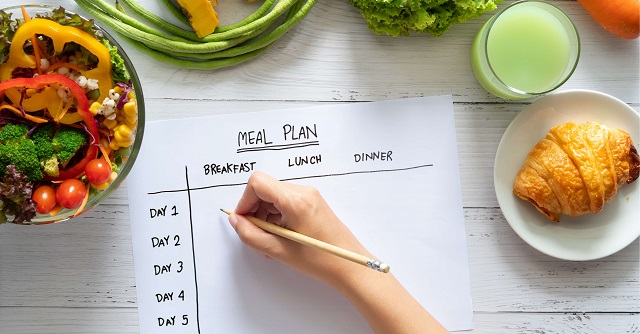
Does the metabolic confusion diet really work?
Many people wonder whether the metabolic confusion diet plan offers the promised results. Overall, it can help you achieve weight loss if you carefully chose the foods you eat. Still, there are no standard guidelines on which foods to eat.
For example, during a two-week cycle you can do 11 days of lower-calorie intake and follow with three higher-calorie days. But, of course, you can start a one-month cycle with three weeks of low-calorie days and one week of high-calorie days.
Are there any benefits of the metabolic confusion diet?
Studies suggest that this diet plan can help with weight loss. The purpose is to trick your metabolism so that it modifies the rate at which it functions. Keep in mind that long-term calorie restriction might offer the opposite results you’re hoping for.
Other benefits of the metabolic confusion diet include less hunger. This depends mostly on how you design the metabolic confusion diet. You can manage to prevent cravings and overeating if you include healthy foods in your diet.
The metabolic confusion diet allows for plenty of flexibility, being a preferred choice for most people who look forward to losing weight fast. Keep in mind that the more flexible a diet, the more likely you are to follow it for several weeks.
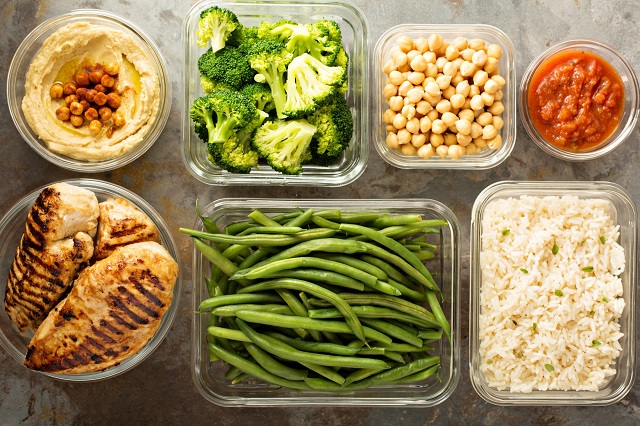
Are there any safety concerns with the metabolic confusion diet plan?
The diet is safe for almost everyone, if there aren’t any existing health problems. You should always discuss with your healthcare provider before following a restrictive meal plan. There are some disadvantages linked with the metabolic confusion diet, too.
First of all, for most people, it can be too restrictive. Based on your height and weight, 1,200 calories might not be enough to achieve a healthy weight loss. 2,000 calories can be too few during high-calorie days.
Secondly, the metabolic confusion diet might make you inclined to follow rebounds of unhealthy eating habits and patterns. It is best to choose a weight loss diet depending on your body’s needs and health status.

What’s a proper example of a metabolic confusion diet plan?
The goal of this diet is to alternate between 2,000 calories meal plans and 1,200 calories meal plans. Consuming more calories is supposed to offer more nutrients to your cells and build muscle. Cutting calories will lead to a faster fat-burning process.
Here’s an example of a week of metabolic confusion diet.
1. Sunday: High-calorie day (2000 calories)
Breakfast
1 large egg omelet (96 calories)
1/4 cup low-fat shredded cheddar cheese (49 calories)
2 slices nitrate/nitrite-free turkey bacon (70 calories)
1 slice whole-wheat bread, toasted (100 calories)
1 medium-sized orange (62 calories)
Total (377 calories)
Snack
1.5 large rectangular graham crackers, 3 squares (90 calories)
1 tbsp peanut butter (95 calories)
Lunch
2 slices whole-wheat bread (200 calories)
2 slices turkey-breast meat (44 calories)
1 slice low-fat American cheese (38 calories)
Lettuce (5 calories)
2 slices tomato (6 calories)
1 medium banana (105 calories)
4 squares dark chocolate, 70-85% cocoa (72 calories)
1 cup baby carrots (50 calories)
Snack
1 medium apple (95 calories)
15 almonds (105 calories)
Dinner
1 cup cooked whole-wheat spaghetti (176 calories)
4 oz cooked chicken breast (186 calories)
1/2 cup steamed broccoli (27 calories)
1/2 cup chopped zucchini (10 calories)
1 cup tomato sauce (78 calories)
Dessert
1 cup low-fat frozen yogurt (280 calories)
10 raspberries (10 calories)
Total calories: 2,049
2. Monday: Low-calorie day (1200 calories)
Breakfast
Single-serve reduced-fat plain Greek yogurt (150 calories)
Raspberries (21 calories)
15 almonds (90 calories)
1 tsp honey (about 20 calories)
Snack
10 baby carrots (40 calories)
2 tbsp hummus (50 calories)
5 pita chips (65 calories)
Lunch
English muffin (134 calories)
1/4 cup pizza sauce (34 calories)
2 rings green peppers (4 calories)
1 oz part-skim mozzarella cheese (71 calories)
Snack
Small banana (90 calories)
1 tbsp peanut butter (about 95 calories)
Dinner
3 oz salmon (121 calories)
1/2 cup broccoli (30 calories)
1/4 cup (uncooked) brown rice (172 calories)
1 tbsp teriyaki sauce (20 calories)
Total calories: 1207
3. Tuesday: High-calorie (2000 calories)
Breakfast
2 eggs scrambled with 1/2 cup asparagus (142 and 13 = 155 calories)
1/2 cup blackberries (31 calories)
1 piece of whole wheat bread (100 calories)
1 tbsp strawberry jam (40 calories)
Snack
Pear slices with 1 tsp cinnamon (103 and 6 = 109 calories)
1 honey graham cracker (59 calories)
Lunch
Calzone
1/2 cup steamed spinach (20 calories)
1/2 cup chopped chicken breast (138 calories)
1/4 cup part-skim ricotta cheese (85 calories)
1 tbsp rosemary (10 calories)
1 tbsp pizza sauce (9 calories)
About 2 oz frozen pizza dough (160 calories)
Snack
11 pieces dried apricots (90 calories)
1 oz cashews (150 calories)
1/2 cup lowfat vanilla yogurt with 1 tsp honey (104 and 21 = 125 calories)
Dinner
3 oz lean beef (120 calories)
1/2 cup potatoes with 1 tsp dill, pinch of salt, and 1 tbsp parmesan cheese (68 and 6 and 22 = 96 calories)
1 cup lima beans (176 calories)
1 oz whole wheat roll (74 calories)
Dessert
1 slice cinnamon-raisin bread (120 calories)
1 tbsp Nutella (95 calories)
Total calories: 1962
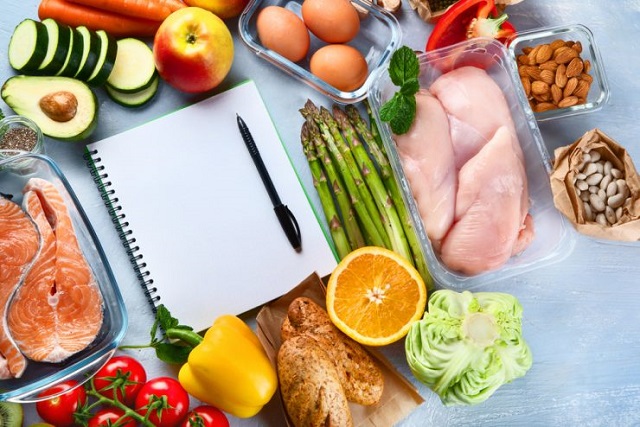
4. Wednesday: Low-calorie (1200 calories)
Breakfast
2 frozen organic waffles (200 calories)
1 tbsp maple syrup (50 calories)
1/2 cup blueberries (42 calories)
Snack
6 celery stick slices (6 calories)
1 tbsp natural peanut butter (95 calories)
25 raisins (39 calories)
Lunch
1 cup reduced-sodium tomato soup (158 calories)
Toasted small whole wheat pita with 1 slice swiss cheese and 1 basil (74 and 106 and 1 = 181 calories)
10 baby carrots (40 calories)
Snack
1 medium nectarine (62 calories)
Dinner
3 oz shrimp (90 calories)
1/2 cup peas (58 calories)
1/4 cup couscous (uncooked, is more when cooked) (163 calories)
1 tbsp hoisin sauce (35 calories)
1/4 cup red peppers (12 calories)
Total: 1231 calories
5. Thursday: High-calorie (2000 calories)
Breakfast
1 cup orange juice (112 calories)
Poached egg on a whole-wheat English muffin with nitrate/nitrite-free 1 slice Canadian bacon (71 and 134 and 43 = 248 calories)
1/2 cup sautéed potatoes (1 tbsp olive oil) with 1/4 cup mushrooms and dash of salt and 1 tsp garlic powder (58 and 119 and 4 and 9 = 190 calories)
Snack
25 raspberries (25 calories)
1/2 wheat bagel with 1 tsp almond butter (150 and 33 = 183 calories)
Lunch
Whole-wheat wrap (190 calories)
1 tbsp hummus (25 calories)
1/2 cup shredded carrots (25 calories)
4 olives (20 calories)
1/4 cup sprouts (2 calories)
2 oz deli chicken breast (50 calories)
1/2 cup shredded romaine lettuce (4 calories)
1/4 cup avocado (59 calories)
8 cherries (40 calories)
1 clementine (35 calories)
Snack
1/2 cup edamame (65 calories)
1 part-skim mozzarella cheese stick (70 calories)
Dinner
3 oz baked trout with lemon and 1/4 cup bread crumbs: (126 and 30 = 156 calories)
1/2 cup roasted tomatoes (22 calories)
1/4 cup brown rice with 1/2 cup steamed kale and 1/4 cup chickpeas: (172 and 16 and 72 = 260 calories)
Dessert
1/2 cup mango sherbet (120 calories)
1 tbsp shredded coconut (90 calories)
Total: 1991 calories
6. Friday: Low-calorie (1200 calories)
Breakfast
Cinnamon oatmeal (170 calories)
2 large sliced strawberries (12 calories)
Snack
1/2 cup roasted pumpkin seeds (142 calories)
Lunch
1 cup spinach (7 calories)
14 walnut halves (185 calories)
1 oz feta cheese (58 calories)
1/3 cup sweetened dried cranberries (138 calories)
1 tbsp light balsamic vinaigrette (30 calories)
1/2 cup broccoli (15 calories)
Snack
10 whole-wheat crackers (90 calories)
1 tbsp peanut butter (95 calories)
Dinner
1/2 grilled chicken breast (130 calories)
1 cup steamed cauliflower (25 calories)
1 cup sweet potato (114 calories)
Total: 1221 calories
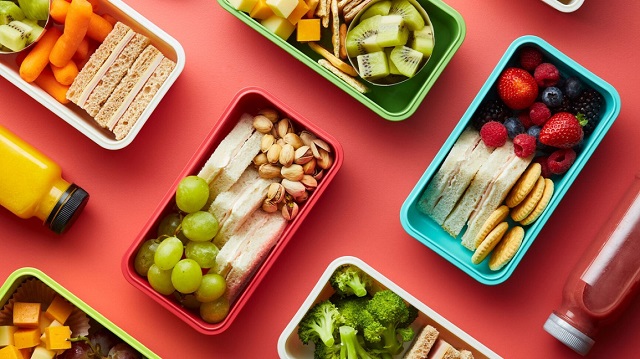
7. Saturday: High-calorie (2000 calories)
Breakfast
2-egg omelet with 1-oz cheddar cheese, 1/4 cup chopped red peppers, and 2 nitrate/nitrite-free turkey sausage links: (142 and 113 and 6 and 132 = 387 calories)
1 wedge honeydew melon (45 calories)
1 slice whole-wheat toast with 1 tbsp raspberry preserves: (100 and 50 = 150 calories)
Snack
1/2 cup lowfat milk (52 calories)
1 cup cinnamon shredded wheat (200 calories)
Lunch
1 cup whole-wheat spaghetti (176 calories)
1/2 cup marinara sauce (111 calories)
1/2 cup zucchini (10 calories)
3 oz sliced grilled chicken breast (140 calories)
Snack
50 pistachios (160 calories)
Dinner
Black bean veggie burger (115 calories)
Whole-wheat bun (120 calories)
Tomato slice (3 calories)
Romaine leaf (1 calories)
Onion ring (2 calories)
1/3 cup (uncooked) quinoa with 1/4 cup sundried tomatoes and 6 artichoke hearts (160 and 35 and 20 = 215 calories)
Dessert
Instant hot chocolate , prepared with water: (113 calories)
, prepared with water: (113 calories)
16 animal crackers (120 calories)
updates?

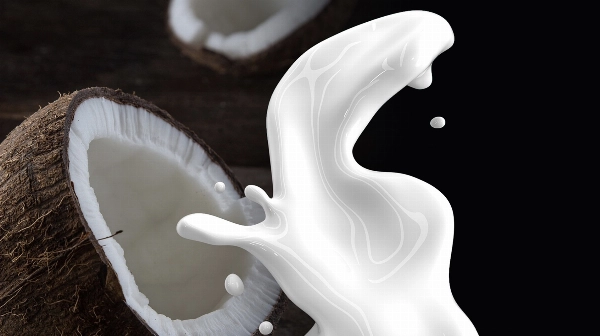








0